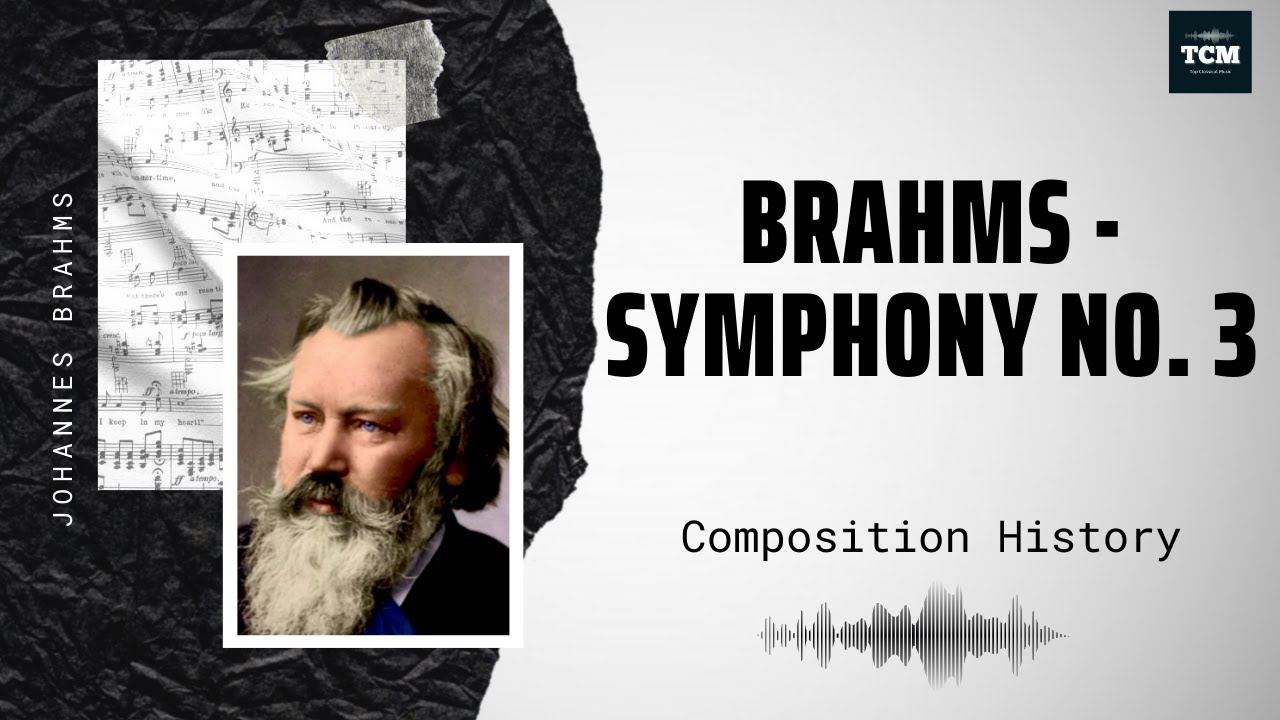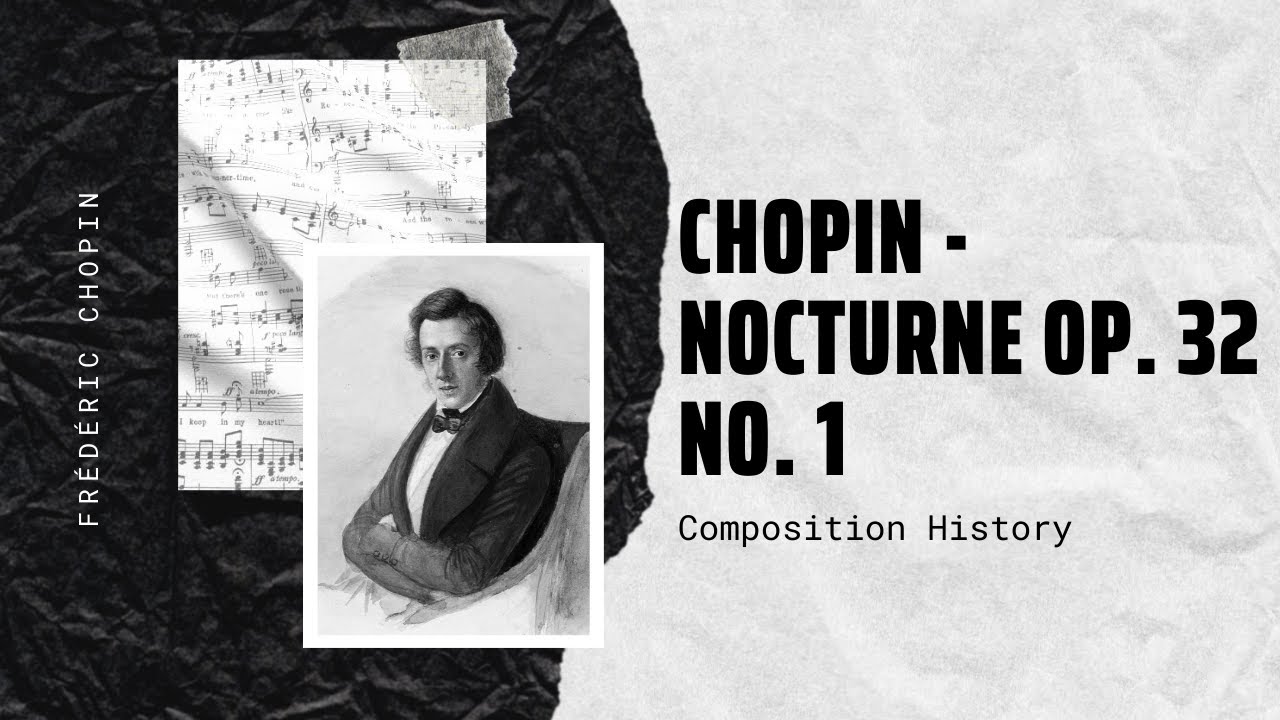
Bach – Flute Sonata in E flat major, BWV 1031
The Sonata in E♭ major for flute or recorder and harpsichord, probably by J. S. Bach (BWV 1031), is a sonata in 3 movements: Allegro moderato[…]

Chopin – Sonata No. 3 in B minor Op. 58
Frédéric Chopin composed his Piano Sonata No. 3 in B minor, Op. 58, in 1844 and dedicated it to Countess Émilie de Perthuis. Along with[…]

Mozart – Ave verum corpus K. 618
Ave verum corpus (Hail, true body), (K. 618), is a motet in D major composed by Wolfgang Amadeus Mozart in 1791. It is a setting[…]

Brahms – Symphony No. 3 in F Major Op. 90 – Music | History
The Symphony No. 3 in F major, Op. 90, is a symphony by Johannes Brahms. The work was written in the summer of 1883 at[…]

Chopin – Nocturne Op. 32 No. 1
The Nocturnes, Op. 32 is a suite of two nocturnes written and published by Frédéric Chopin in 1837. The nocturnes are dedicated to Madame Camile[…]

Schubert – Symphony No. 1 – Music | History
The Symphony No. 1 in D major, D 82, was composed by Franz Schubert in 1813, when he was just 16 years old. Despite his[…]

Brahms – 6 Piano Pieces Op. 118 – II. Intermezzo
The Six Pieces for Piano, Op. 118, are some of the most beloved compositions that Johannes Brahms wrote for solo piano. Completed in 1893 and[…]

Brahms – Sixteen Waltzes Op. 39
Sixteen Waltzes (German; Sechzehn Walzer), Op. 39, is a set of 16 short waltzes for piano written by Johannes Brahms. They were composed in 1865,[…]

Chopin – Nocturne in C minor B 108
The Nocturne No. 21 in C minor, Op. posth. is a musical work for solo piano written by Frédéric Chopin in 1837. It was the[…]

Brahms – 4 Ballades Op. 10 No. 1 – Andante
The Ballades, Op. 10, are lyrical piano pieces written by Johannes Brahms during his youth. They were dated 1854 and were dedicated to his friend[…]